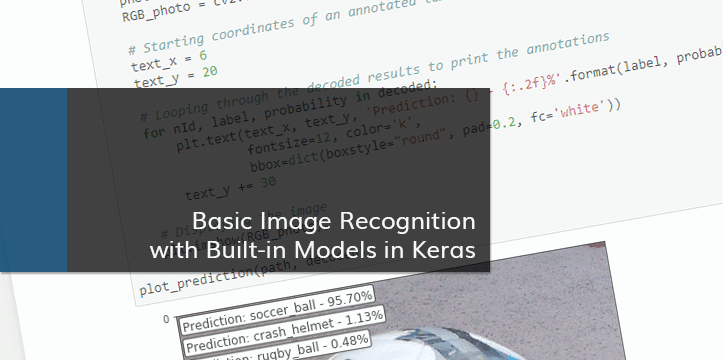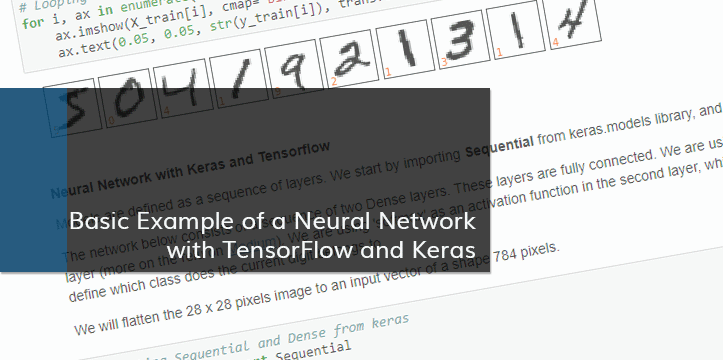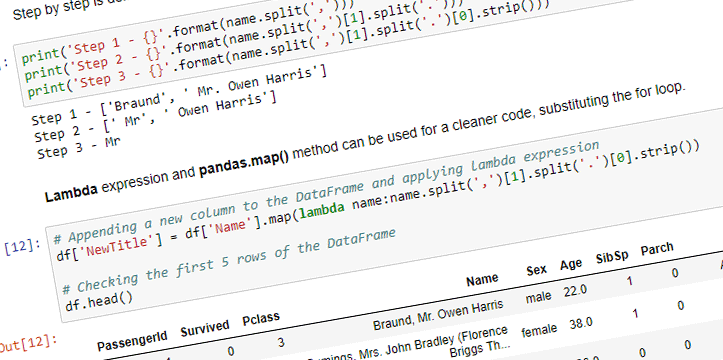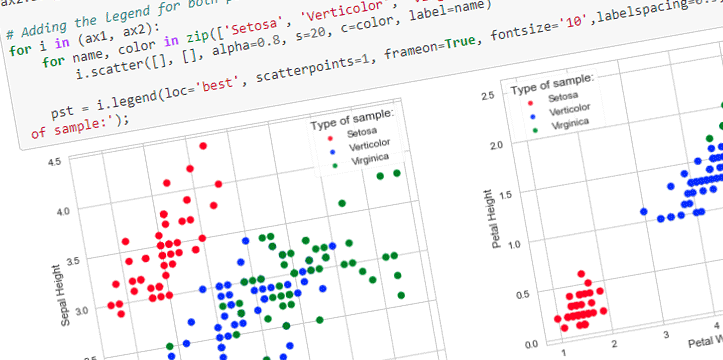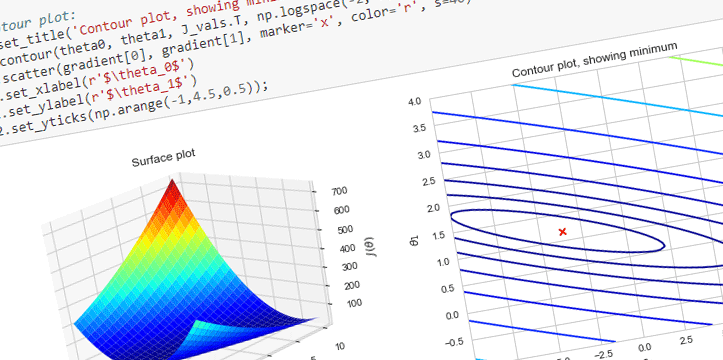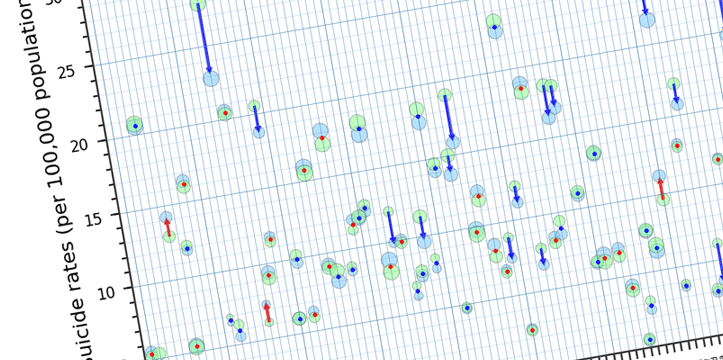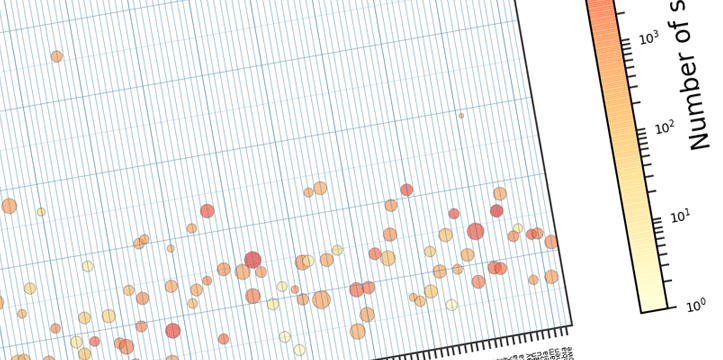In this blog post we are going to look at Image Recognition with built-in models available in Keras. The notebook can be also viewed on Github.
The models for image classification available in Keras are listed below:
- Xception
- VGG16
- VGG19
- ResNet50
- InceptionV3
- InceptionResNetV2
- MobileNet
- DenseNet
- NASNet
Once the model is instantiated, the weights are automatically downloaded to ~/.keras/models/ folder. We will be implementing ResNet50 (50 Layer Residual Network – further reading: Deep Residual Learning for Image Recognition) in the example below. The file containing weights for ResNet50 is about 100MB.
The versions
In this example I am using Keras v.2.1.4 and TensorFlow v.1.5.0 with GPU (using NVIDIA CUDA).
